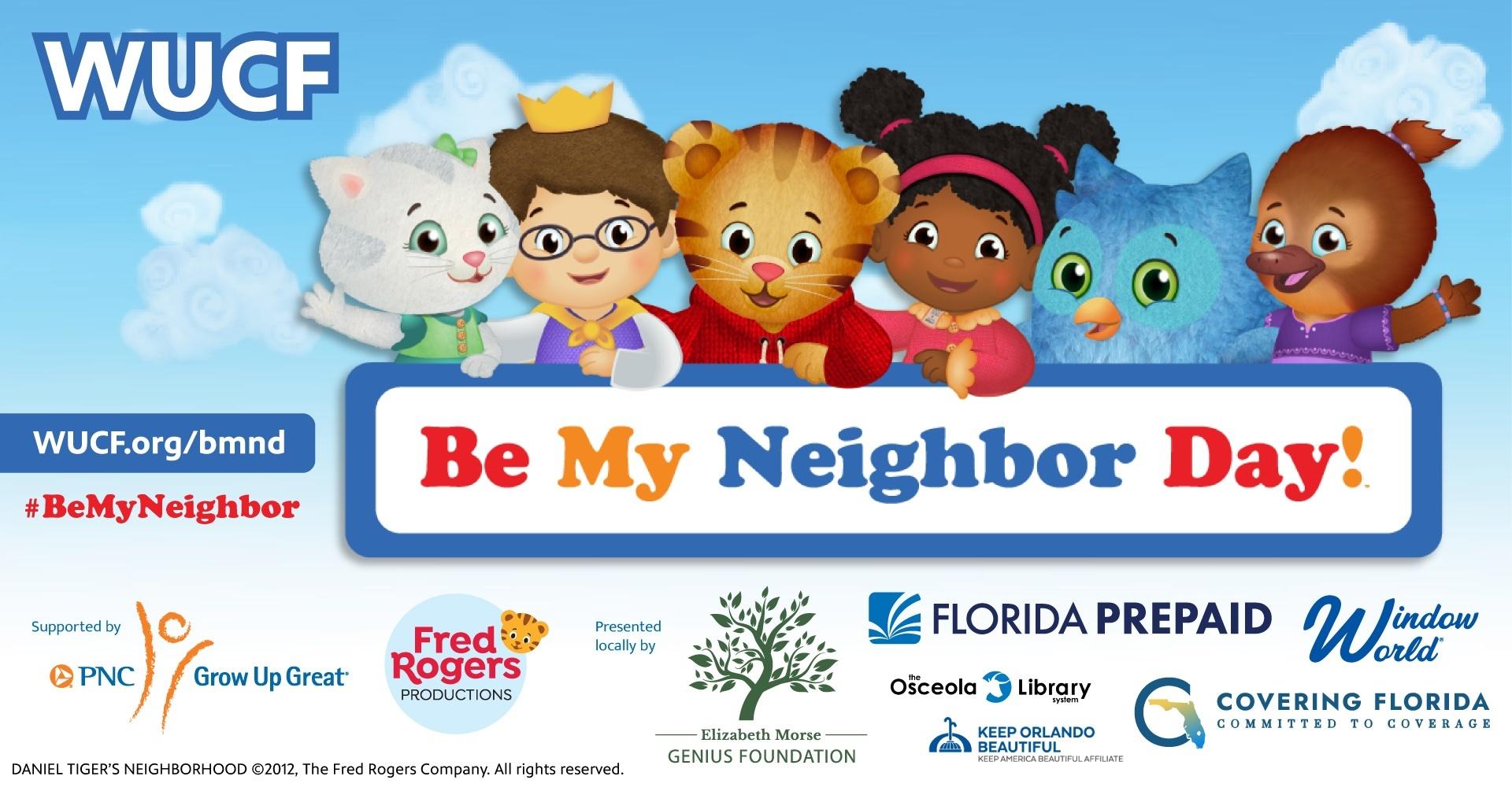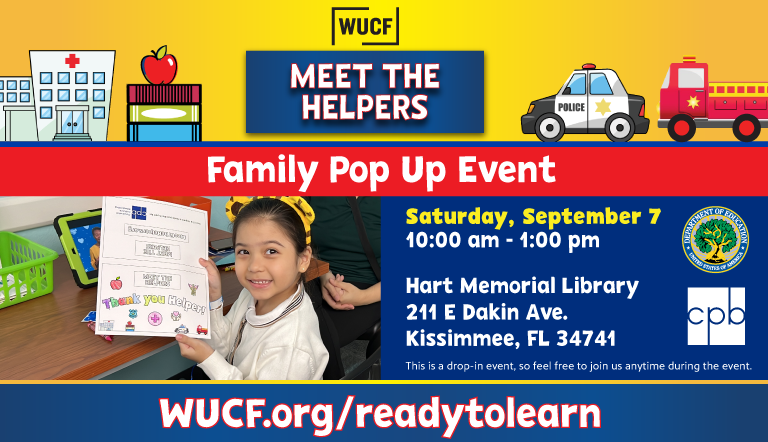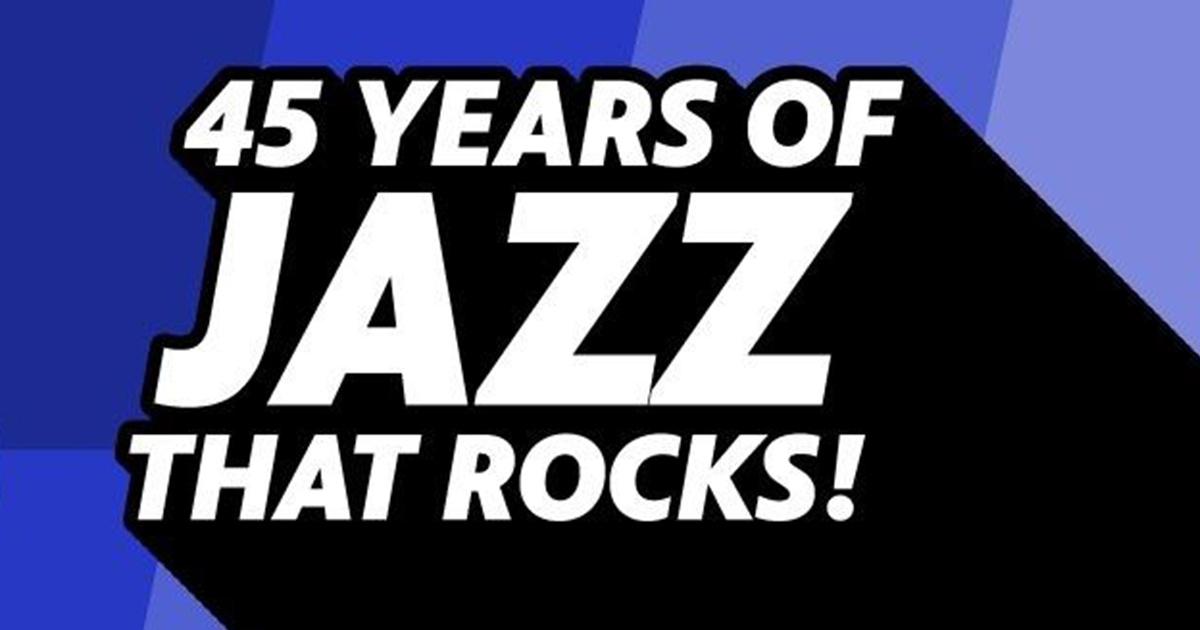.JPG)
Public School Funding and Its Effect On Brevard County Students
By Florangel Rodriguez and Clara Melo De Paula
First and foremost, Harry T. and Harriette V. Moore were teachers. As educators in Brevard County, they fought to close the inequality gap that existed in their own time between the education received by Black students and White students.
Seventy years later, that gap still exists in Brevard County and is still being fought by educators who have taken up the mantle laid down by the Moores.
“Back to when I was a kid, schools were segregated … we had secondhand used books when White students at the White schools were moving on and moving up. We were just receiving the books that they had used,” said Delores McLaughlin, executive director of the Alliance of Neighborhood Restoration, which fights for equality in Brevard County.
According to The Child Opportunity Index Study 2020, which was sponsored by the Institute for Child, Youth and Family Policy at the Heller School for Social Policy and Management at Brandeis University, stark disparities exist in Brevard County. The study measures the gap in educational opportunities caused by differences in household income using an opportunity score of 1 to 100, 1 being the worst conditions for children and 100 being the best.
In Brevard County, there is an “opportunity gap’’ difference of 59 points separating the lowest and highest scored areas. A neighborhood in Palm Bay has an opportunity score of 32, but a neighborhood in Melbourne Beach is 59 points higher. The study showed the difference in median annual household income between these two neighborhoods was over $32,000. Residents in Palm Bay were 8 percent more likely to live below the poverty line.
According to this study, about 6 in 10 children in the Palm Bay neighborhood were on free or reduced-price lunch compared to 4 in 10 in Melbourne Beach. And those in Palm Bay were 27% less likely to graduate high school due to the lack of resources and funding.
Brevard educator and union representative Kyle Savage explains, “All those rewards you got when you were in elementary school or the stickers you got or the cool pencils with the basketball eraser, your teacher bought that with her own money or his own money. When I was in the classroom, I spent hundreds of dollars a year by supplying my students and doing things for my students.”
But students who attend schools in poorer neighborhoods may not get those benefits, Savage said.
McLaughlin said the quality of a child’s education should not depend on the income level of the surrounding community.
“I think public school funding affects school communities in a way that seems a little unfair because it all depends on where you live,’’ McLaughlin said. “And so where you live dictates the quality of education that you’re going to receive, where the school is located, and whether or not those schools can attract the best educators, and whether or not those school can attract the best partners to invest in their schools, and so that sometimes leave students and children in underserved communities such as Cocoa at a disadvantage.’’
.JPG)
These funding disparities have a tremendous effect on students, she and Savage said.
“It’s very sad that you can look at a certain ZIP code and look at the income inequality in that school zone and realize that these kids will succeed or not,” Savage said.
Public education funding is crucial to low-income communities. Education can be the catalyst needed to pull families and communities out of poverty. The knowledge and resources given to children can help them aspire to and dream for a better future and desire to pursue a career that will financially help them and future generations to come.
The Child Opportunity Index data also showed opportunity was split along racial lines. The 25% of people living in the lowest opportunity neighborhoods were Black compared to just 4 percent in the highest. Black children in Brevard County showed an overall deficit of 23 opportunity points compared to White children.
Savage explained that many areas where kids struggle economically live in segregated communities of color, and those people are usually at a disservice.
“I think it's easier to neglect, unfortunately. I think it's easier to neglect a class full of African-American students, students of color than it is to neglect a classroom with a diverse class that has Caucasian and African-American students. When we get these areas where they're segregated because of their ZIP code, it's really hard to bring them out of the bottom,” Savage said.
.JPG)
.JPG)
The research team at Diversity Data Kids examined inequalities in neighborhoods and school opportunities. Children live and attend very separate and unequal neighborhoods as well as schools. These segregation and unequal neighborhoods represent major challenges for black children to reach their full potential due to a lack of school resources and fundings.
“Most of us are looking for equity,’’ McLaughlin said. “Just make sure that we have the same opportunities and where we don't have those same opportunities based on how you arrived in this world, let's just give it a boost and see where we go from there. Those who can, should and those who can’t, should. And what I mean by that is if you can't afford a good education, whether it is in school or college, then you should have it.”
The study showed that two neighborhoods in Brevard County ranked among the worst in the nation, a section of Cocoa bordering King Street and U.S. 1, and in Melbourne between University Boulevard and Pirate Lane. These neighborhoods received an opportunity score of 2 because of the lack of employment for teens and after-school options for younger children. McLaughlin pointed out that many families in those areas do not have a car, which limits them to options for schools and jobs within walking distance
“Education and knowledge is the key to everything and everyone should be granted a basic opportunity for education and jobs,” McLaughlin said.

.png)











